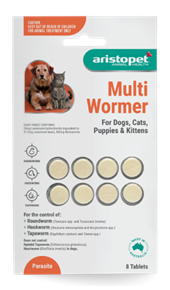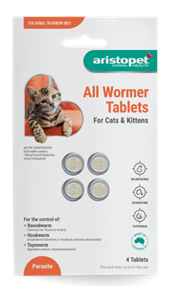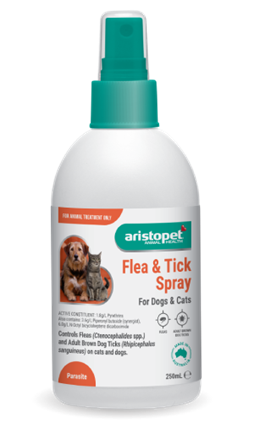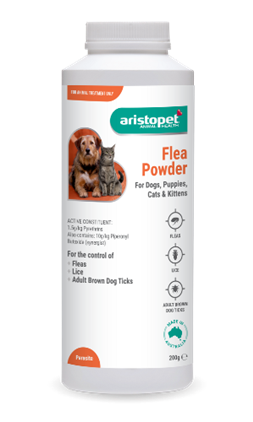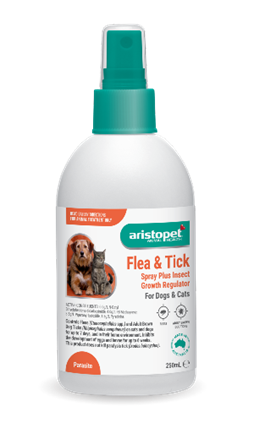Our cat worming tablets and spot-on treatments
We know how hard it can be to flea or worm cats — with those sharp claws and sassy attitudes, it’s a dangerous mission for cat owners Australia-wide. With this in mind, we’ve developed worm treatments for cats to make worming easier and less painful for you and your cat.
- Spot-on worm treatment for cats — If you’re looking for an all-in-one treatment for fleas, heartworms and worms, our spot-on worm treatment is the perfect solution. Simply apply the liquid onto the skin between your cat’s neck and shoulder blades and your cat will be protected for up to one month.
- Cat worming paste — Our worming paste treats roundworms, hookworms and tapeworms in both cats and kittens. You can mix the paste into your cat’s food or smear it into their fur where they will eventually lick it off. Alternatively, you can administer the paste directly onto your cat’s tongue — place the nozzle of the syringe between the teeth at the side of your cat’s mouth and squeeze the paste onto their tongue.
- Cat worming tablets — Our all-wormer tablets offer effective control against roundworm, hookworm and tapeworms. Plus, our tablets can be given to cats of all ages and pregnant kitties.
FAQs about worms and worm treatments for cats
Do I need to worm my indoor-only cat?
Yes! Parasites can easily be introduced into your home by other pets and animals, or even by walking them in on your clothing and shoes. Quite often, cats get worms through fleas — fleas are carriers for tapeworm eggs and cats can accidentally eat fleas while grooming. Even if your cat stays indoors at all times, it’s still important to worm them on a regular basis.
How often do I need to worm my cat?
Adult cats should be wormed every three months. If you have an outdoor cat who likes to hunt, we recommend worming them more often as their prey may have worms.
How long does it take for worming treatments to work?
Your worming treatment will start killing the worms within 24 to 48 hours.
How do I know if my cat has worms?
Some cats don’t show symptoms of worms, but there are a few telltale signs to look out for. For example, you might notice your cat eating more than usual but also losing weight at the same time. Your cat might also suffer from vomiting and diarrhea as well as a distended abdomen. If you notice these symptoms, it’s time for a worming treatment and potentially even a trip to the vet — if worms are left untreated, it can be very dangerous for your kitty.
Can worms live in my cat’s litter?
Some worms can survive a long time in the litter box while others can’t. Some other parasites like Toxoplasma gondii are passed in a form that is not infectious for the first day or two in the litter box, so we recommend cleaning out your litter box every day to reduce the risk of worms in their infectious form.
Find Aristopet’s worm treatments for cats in a pet store near you! Our products are available all over Australia.


